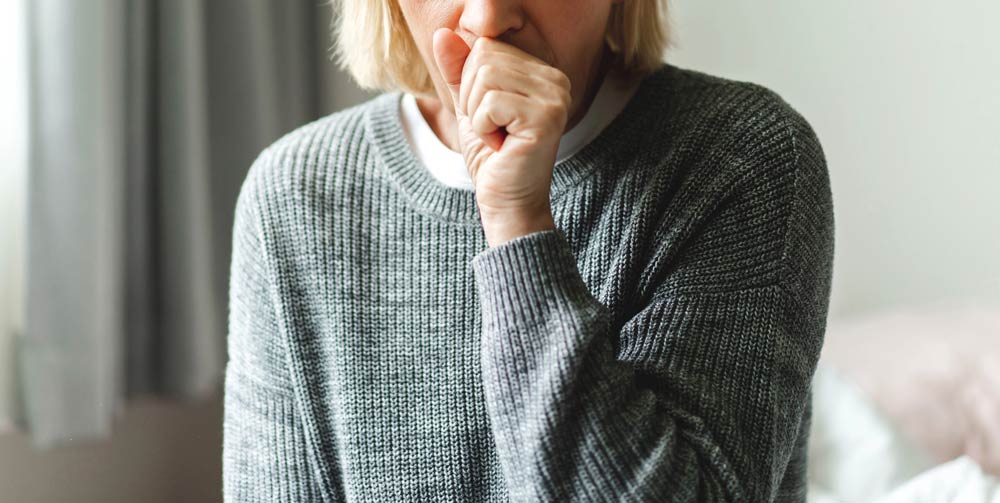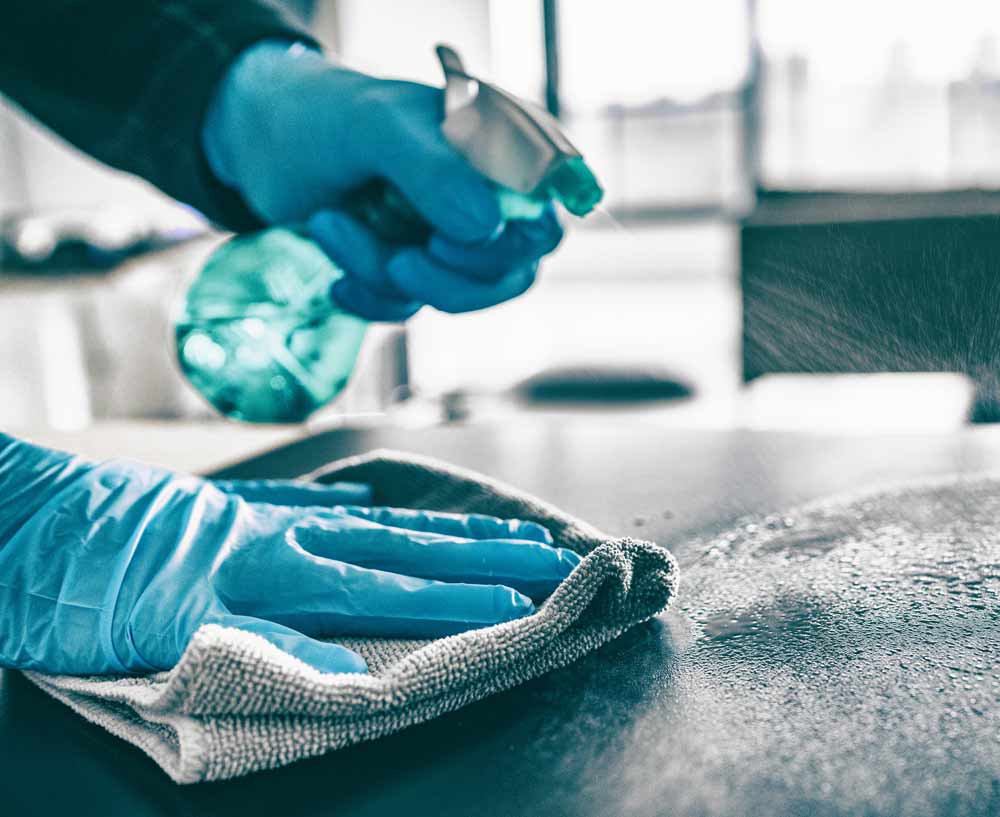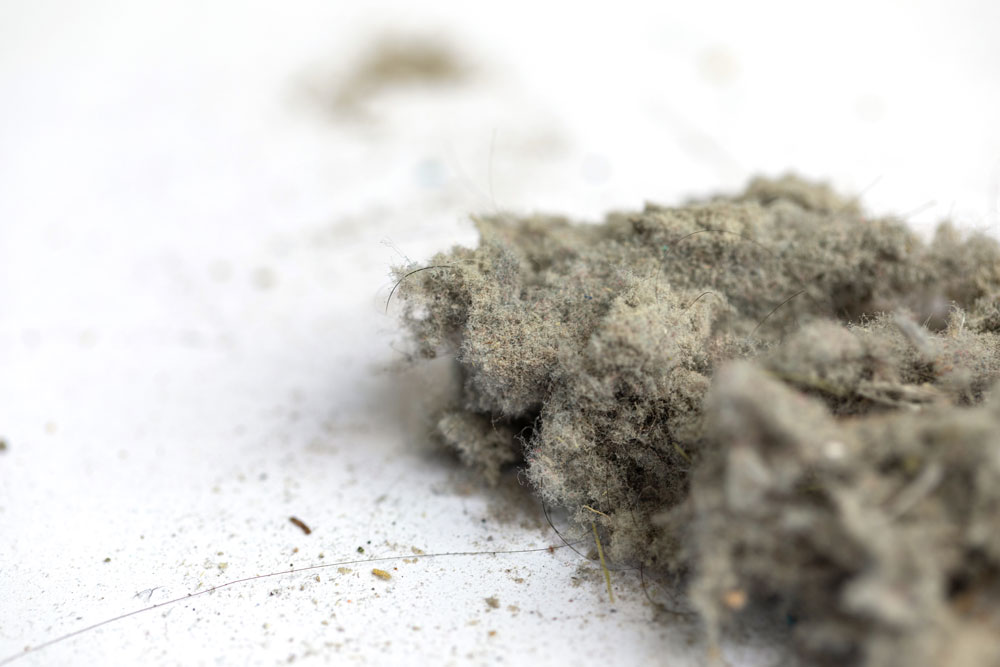Do you have asthma and allergy symptoms? Your home may be the source. What you can do about it.
We spend up to 90% of our time indoors. So, if you or someone in your family suffers from asthma or allergies, indoor air pollution may be the cause. In fact, the Asthma and Allergy Foundation of America (AAFA) says, “Your home might even be a ‘high priority public health risk.’
This is probably where you are exposed to most allergens and irritants. Let’s take a look at some of the allergies you or your family may suffer from because of unhealthy indoor air. And what you can do about it.
This is probably where you are exposed to most allergens and irritants. Let’s take a look at some of the allergies you or your family may suffer from because of unhealthy indoor air. And what you can do about it.
Asthma Triggers
Asthma symptoms include coughing attacks, shortness of breath, and chest tightness or pain. These symptoms occur because your airways narrow and swell and produce extra mucus. It is a chronic condition that varies from person to person. For some people it is just a nuisance. For others it is a major problem they need to deal with every day. And an asthma attack can even be life threatening.
Asthma cannot be cured, but the symptoms of asthma can be controlled. So it is important to know what is in your home or work environment that might trigger an asthmatic reaction. Asthma triggers include:
• Airborne substances and particles, such as pollen, dust mites, mold spores, pet dander, or particles of cockroach waste.
• Respiratory infections, like the common cold.
• Cold air.
• Air pollutants and irritants, such as smoke.
Asthma cannot be cured, but the symptoms of asthma can be controlled. So it is important to know what is in your home or work environment that might trigger an asthmatic reaction. Asthma triggers include:
• Airborne substances and particles, such as pollen, dust mites, mold spores, pet dander, or particles of cockroach waste.
• Respiratory infections, like the common cold.
• Cold air.
• Air pollutants and irritants, such as smoke.


You Can Eliminate Asthma Triggers
What can you do to reduce or even eliminate the triggers that cause your asthma attacks? Controlling airborne substances is the key. This can reduce your exposure in the home. Some of the recommendations of the Mayo Clinic include:
• Use your air conditioner to reduce the amount of airborne pollen entering your home and to lower indoor humidity.
• Minimize dust in your bedroom to help with nighttime asthma symptoms. To minimize dust in a bedroom use dustproof covers on pillows, mattresses, and box springs. Remove carpeting and install hardwood or linoleum flooring. Keep curtains and blinds clean.
• Use a dehumidifier.
• Prevent mold by cleaning wet and damp areas around the house, especially the bathroom and kitchen.
• Avoid pets. If you do have a dog or cat, bathe them regularly to reduce pet dander.
• Clean your home regularly, at least once a week.
• Use your air conditioner to reduce the amount of airborne pollen entering your home and to lower indoor humidity.
• Minimize dust in your bedroom to help with nighttime asthma symptoms. To minimize dust in a bedroom use dustproof covers on pillows, mattresses, and box springs. Remove carpeting and install hardwood or linoleum flooring. Keep curtains and blinds clean.
• Use a dehumidifier.
• Prevent mold by cleaning wet and damp areas around the house, especially the bathroom and kitchen.
• Avoid pets. If you do have a dog or cat, bathe them regularly to reduce pet dander.
• Clean your home regularly, at least once a week.
Mold Allergy
If you’re allergic to mold, breathing in mold spores causes your immune system to overreact. You will experience coughing, itchy eyes, or other symptoms that make you feel sick. Mold allergy can also be linked to asthma in some people.
There are many molds that grow in your home, but only certain kinds cause allergies. The most common of these include alternaria, aspergillus, cladosporium, and penicillium. They cause an overly sensitive immune system to produce histamine, triggering itchy/watery eyes, runny nose, and sneezing.
Mold thrives in moist, damp areas in your home. Eliminate dampness and moisture from surfaces and from the air. This is the best way to lessen you and your family’s exposure to airborne mold. Here’s how:
• Use a dehumidifier to lower humidity to less than 50%.
• Clean up wet spots caused by leaky pipes, water seepage during rainstorms, and flood damage. Keep your kitchen and bathrooms clean and dry.
• Adequate ventilation is key to keeping your house moisture free. Tight windows and door seals tend to trap moisture indoors, creating the conditions for mold to grow.
There are many molds that grow in your home, but only certain kinds cause allergies. The most common of these include alternaria, aspergillus, cladosporium, and penicillium. They cause an overly sensitive immune system to produce histamine, triggering itchy/watery eyes, runny nose, and sneezing.
Mold thrives in moist, damp areas in your home. Eliminate dampness and moisture from surfaces and from the air. This is the best way to lessen you and your family’s exposure to airborne mold. Here’s how:
• Use a dehumidifier to lower humidity to less than 50%.
• Clean up wet spots caused by leaky pipes, water seepage during rainstorms, and flood damage. Keep your kitchen and bathrooms clean and dry.
• Adequate ventilation is key to keeping your house moisture free. Tight windows and door seals tend to trap moisture indoors, creating the conditions for mold to grow.
Cat Allergy, Dog Allergy, and other Pet Allergy
Typical cat, dog, and pet allergy symptoms include sneezing, runny nose, asthma-like wheezing, and difficulty breathing. Allergy sufferers may also experience facial pressure and pain, frequent awakening at night, or swollen, blue-colored skin under the eyes. Skin may also get inflamed causing raised red patches, eczema, and itchy skin.
Pet dander is the culprit in most of these unpleasant symptoms. The dead flakes of skin that dogs and cats shed daily is what causes these reactions. Pets also produce allergens from their saliva, urine, and feces. Cats cause allergies because of the Fel d 1 protein produced by their skin, saliva, and sebaceous glands.
In dogs, it’s the Can f 1 and Can f 2 protein that trigger allergic reactions. These microscopic pet allergens remain suspended in the air for long periods of time. They easily stick to furniture, bedding, and fabrics.
Dogs and cats aren’t the only pets that create allergens. Rodent pets such as hamsters, gerbils, mice, and guinea pigs do, too. The ones you don’t have to worry about don’t have fur, such as fish or reptiles.
The best way to avoid pet allergy is to not have a pet around the house. If you do decide to keep a pet, there are medications you can take to help relieve symptoms. Also remember to keep your home as clean and dust free as you can. Air conditioners and quality air purifiers will do a good job of keeping your indoor air fresh, clean, and pure.
Pet dander is the culprit in most of these unpleasant symptoms. The dead flakes of skin that dogs and cats shed daily is what causes these reactions. Pets also produce allergens from their saliva, urine, and feces. Cats cause allergies because of the Fel d 1 protein produced by their skin, saliva, and sebaceous glands.
In dogs, it’s the Can f 1 and Can f 2 protein that trigger allergic reactions. These microscopic pet allergens remain suspended in the air for long periods of time. They easily stick to furniture, bedding, and fabrics.
Dogs and cats aren’t the only pets that create allergens. Rodent pets such as hamsters, gerbils, mice, and guinea pigs do, too. The ones you don’t have to worry about don’t have fur, such as fish or reptiles.
The best way to avoid pet allergy is to not have a pet around the house. If you do decide to keep a pet, there are medications you can take to help relieve symptoms. Also remember to keep your home as clean and dust free as you can. Air conditioners and quality air purifiers will do a good job of keeping your indoor air fresh, clean, and pure.

Dust Mite Allergy
As you might have guessed, dust mites live in household dust. They are close relatives to ticks and spiders, but are too small to be seen without a microscope. However, you will know they are there if you experience dust mite allergy symptoms like sneezing, runny nose, asthmatic wheezing, and breathing is difficult. It’s not the dust mites themselves that cause the allergy in people, but the feces and decaying bodies of the mites.
Dust mites live on the skin cells shed by people, and thrive in warm, humid surroundings. The optimal environments for dust mites in your home include bedding, upholstered furniture, and carpeting.
To control dust mites, keep the humidity in your home low. That coupled with regular and thorough house cleaning, especially in the bedroom, is the key to controlling dust mites.
Dust mites live on the skin cells shed by people, and thrive in warm, humid surroundings. The optimal environments for dust mites in your home include bedding, upholstered furniture, and carpeting.
To control dust mites, keep the humidity in your home low. That coupled with regular and thorough house cleaning, especially in the bedroom, is the key to controlling dust mites.
More tips on controlling dust mites:
- Use allergen-proof bed covers.
- Wash bedding weekly.
- Keep relative humidity below 50% in your home.
- Remove dust regularly to prevent it from getting into the air.
- Vacuum regularly using a cleaner with a double-layered microfilter bag or a high-efficiency particulate air (HEPA) filter to decrease dust emissions from the cleaner.
- Cut clutter around the house as knickknacks, books/magazines, and table top ornaments collect dust.The Mayo Clinic recommends you install a high efficiency media filter in your home furnace and air conditioner. Get a filter with a Minimum Efficiency Reporting Value (MERV) of 11 or 12 and leave the fan on to create a whole house air filter. With the fan turned on, the air inside your home circulates and the filter traps the airborne particles.
Pollen Allergies
Cold-like symptoms such as runny nose, itchy eyes, congestion, sneezing, and sinus pressure are sure signs of pollen allergy, also called hay fever or allergic rhinitis. It is caused by outdoor and indoor allergens, including pollen. Symptoms occur when your immune system misidentifies pollen as harmful. That causes the release of histamines in your bloodstream, leading to the misery of hay fever.

Hay fever sufferers know that you can’t completely avoid pollen in the air. But there are simple things you can do to minimize pollen in your home. The Mayo Clinic suggests:
- Close the doors and windows during pollen season.
- Don’t put laundry on the line outside as pollen can stick to sheets and towels.
- Use air conditioning in your house.
- Use an allergy-grade filter in your home ventilation system.
- Reduce humidity indoors with a humidifier.
- Use a high-efficiency particulate air (HEPA) filter in rooms you spend the most time in.
- Wear a dust mask when house cleaning.
 US Dollars
US Dollars
